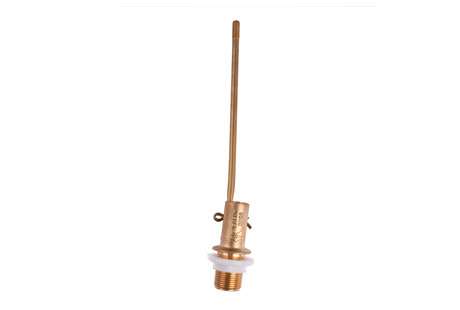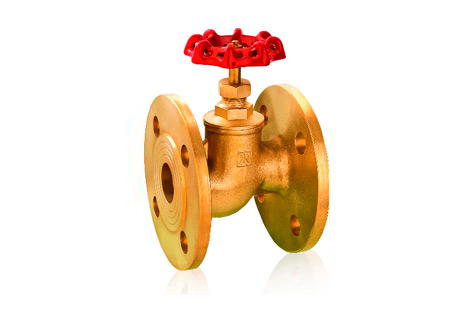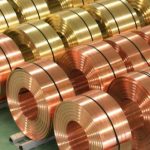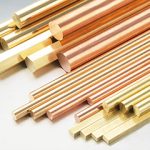With the increasing concern over climate change and the need to transition to cleaner energy sources, renewable energy has emerged as a vital solution. Renewable energy technologies such as wind turbines and solar panels have proven their potential to generate electricity sustainably. However, as the demand for renewable energy grows, maximizing efficiency becomes a critical factor in ensuring its viability and affordability. In this regard, the role of rectangular magnet wire in renewable energy cannot be overlooked.
Understanding Rectangular Magnet Wire and Its Advantages
Rectangular magnet wire is a type of specialized wire used in electric generators and motors. Unlike traditional enameled copper wire for sale, rectangular wire offers numerous advantages in terms of efficiency and cost-effectiveness. The rectangular shape allows for a higher fill factor, meaning that more wire can be packed into the same space compared to round wire. This increased packing density results in improved electromagnetic performance and reduced energy losses, ultimately leading to higher overall system efficiency.
Moreover, rectangular magnet wire offers enhanced thermal conductivity due to its larger surface area, facilitating better heat dissipation. Heat dissipation is crucial in renewable energy applications, as excess heat can degrade the performance and lifespan of equipment. By utilizing rectangular wire, renewable energy systems can operate more reliably and efficiently, reducing the need for frequent maintenance or replacement.
Rectangular Magnet Wire in Wind Turbines: Unleashing the Potential
Wind power is one of the fastest-growing renewable energy sources worldwide. As wind turbines capture and convert wind energy into electricity, the efficiency of their components plays a key role in maximizing energy output. Rectangular magnet wire finds extensive application in the construction of wind turbine generators, specifically in the stator windings.
Stator windings are crucial components responsible for converting rotational motion into electricity. By using rectangular magnet wire, manufacturers can optimize the design of stator windings and achieve increased power density, reducing the size and weight of wind turbines while maintaining or even improving their efficiency. These advancements not only lower the cost of wind energy generation but also make it possible to install turbines in a wider range of locations, including offshore sites with stronger winds.
Revolutionizing Solar Power Efficiency with Rectangular Magnet Wire
Solar power harnesses the energy of the sun by converting sunlight into electricity through photovoltaic (PV) panels. In solar panels, rectangular magnet wire is utilized in the production of the PV cell interconnections. These interconnections are responsible for collecting and transmitting electrical currents within the panel. The use of rectangular magnet wire in PV cell interconnections allows for reduced resistance and improved conductivity, enhancing the overall power output of solar panels. Additionally, by minimizing energy losses, rectangular wire ensures that solar panels operate at maximum efficiency. With more electricity produced per panel, solar energy becomes even more competitive compared to fossil fuels, driving the transition towards a cleaner and more sustainable future.
As the world shifts towards renewable energy, maximizing efficiency becomes paramount in ensuring its widespread adoption. Rectangular magnet wire plays a fundamental role in improving the performance and effectiveness of renewable energy technologies such as wind turbines and solar panels. With its superior packing density, heat dissipation, and optimized electrical conductivity, rectangular magnet wire redefines efficiency standards in renewable energy, making clean electricity generation more feasible, reliable, and cost-effective.

 English
English 日本語
日本語 한국어
한국어 français
français Deutsch
Deutsch Español
Español italiano
italiano العربية
العربية tiếng việt
tiếng việt Türkçe
Türkçe ไทย
ไทย 中文
中文





